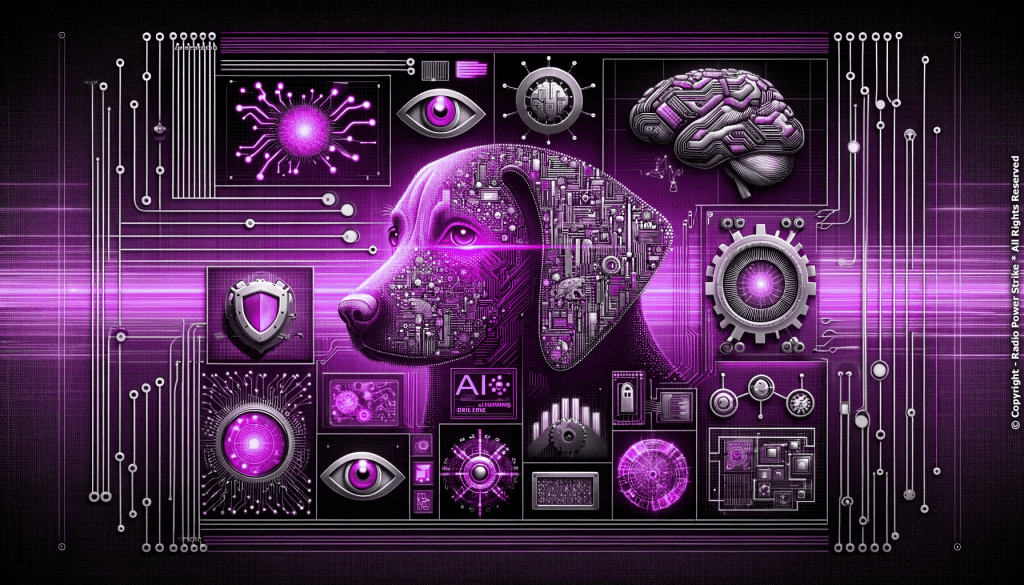The Cyber Security Landscape: Trends and Innovations
Navigating the Future of Digital Defense: Emerging Technologies and Practices

As the digital realm expands, so too does the spectrum of threats that lurk within it. Cybersecurity, once a niche sector, has transformed into a global priority. The need for advanced protection mechanisms has spurred a series of innovations and trends. This article delves into the key movements that are defining the cybersecurity landscape, offering insights into the technologies and strategies that promise to fortify our digital domains.
The Rise of Quantum Computing in Cybersecurity

Quantum computing, with its potential to perform complex calculations at unprecedented speeds, is making significant inroads in the cybersecurity sector. Its capabilities could revolutionize encryption methods, ensuring data security in an increasingly vulnerable digital environment.
Take, for example, the efforts of IBM in the realm of quantum-safe cryptography. They’ve been at the forefront, developing algorithms designed to defend against quantum computer attacks, aiming to future-proof sensitive data.
However, the very strength of quantum computing is also its Achilles’ heel. If leveraged by malicious entities, it could decrypt traditionally secure encryptions, underscoring the dual-edged nature of technological advancements.
AI and Machine Learning: The New Watchdogs

Artificial Intelligence (AI) and Machine Learning (ML) are no longer the stuff of science fiction. These technologies are being actively integrated into cybersecurity solutions, offering predictive analytics, threat detection, and automated responses.
Companies like Darktrace utilize machine learning to detect, respond to, and mitigate cyber threats in real-time. Their systems learn from the network’s regular activities, identifying anomalies that could indicate potential threats, showcasing how ML can transform reactive security postures into proactive ones.
Yet, like quantum computing, AI poses risks. Advanced AI could be used to create more sophisticated malware or to manipulate systems in ways previously deemed impossible.
Decentralized Security with Blockchain

While most recognize blockchain for its role in cryptocurrency, its implications for cybersecurity are profound. As a decentralized ledger, blockchain can ensure data integrity, authenticity, and confidentiality.
Projects such as Guardtime are utilizing blockchain to secure sensitive data. By converting data into hash strings and storing them on blockchains, they ensure that any tampered data can be immediately recognized and flagged.
However, as with any technology, blockchain isn’t a silver bullet. It requires integration with other systems, and its decentralized nature can sometimes clash with centralized business operations.
In the ever-evolving world of cybersecurity, staying updated with the latest trends and innovations isn’t just beneficial—it’s vital. These advancements promise not only enhanced protection but also an insight into the future of digital interactions and dependencies. Adapting to and adopting these trends will be key for organizations and individuals alike, ensuring a safer, more secure digital tomorrow.

Comments are closed, but trackbacks and pingbacks are open.